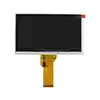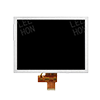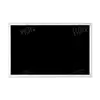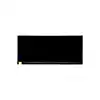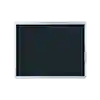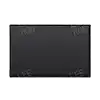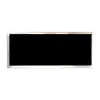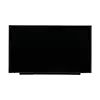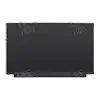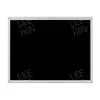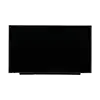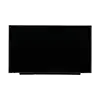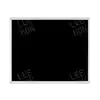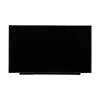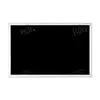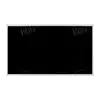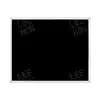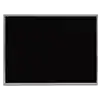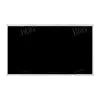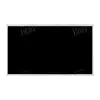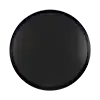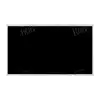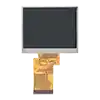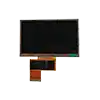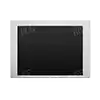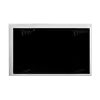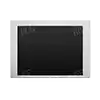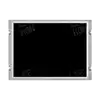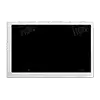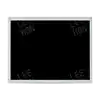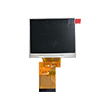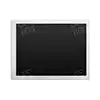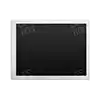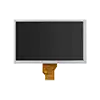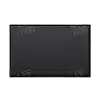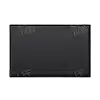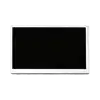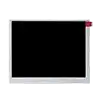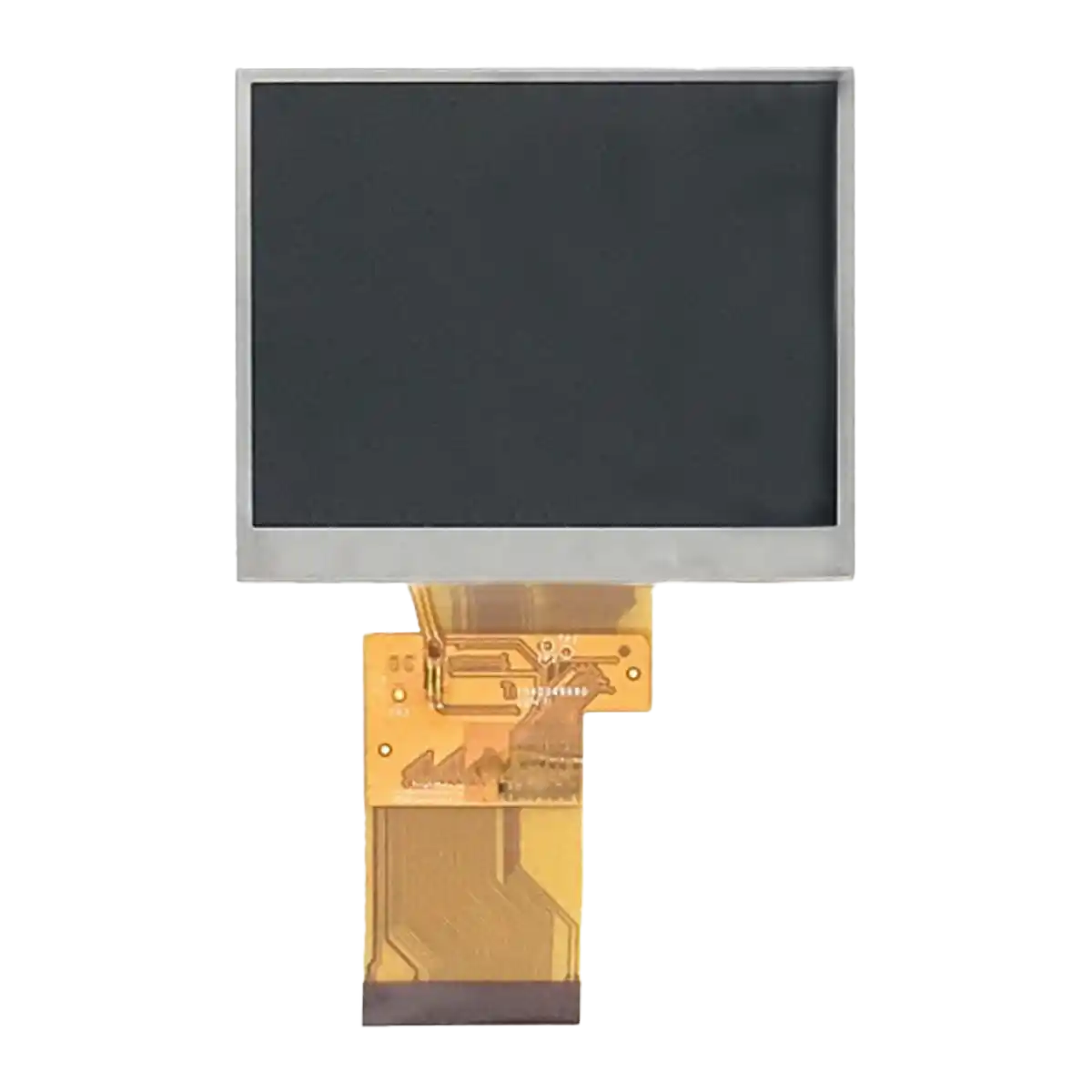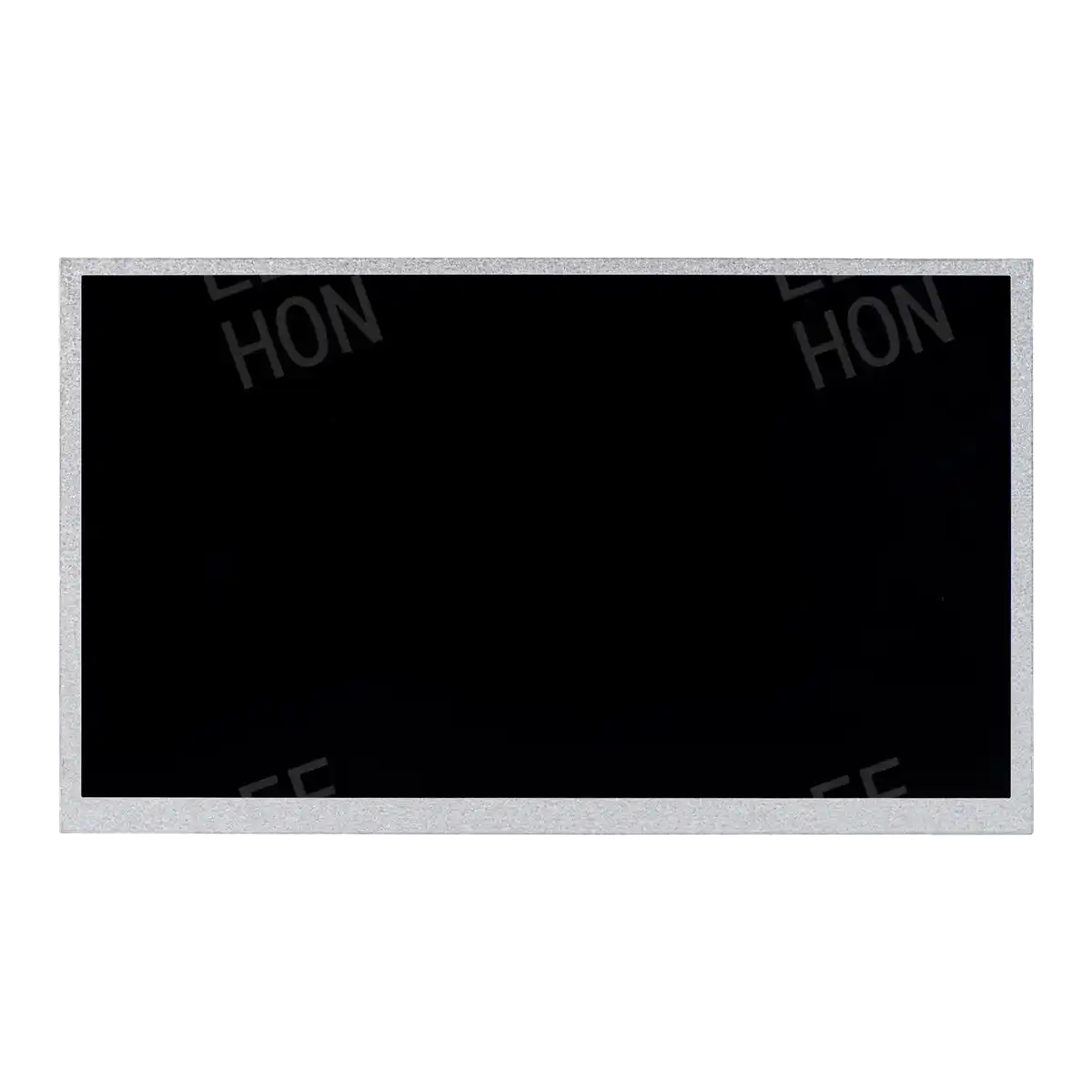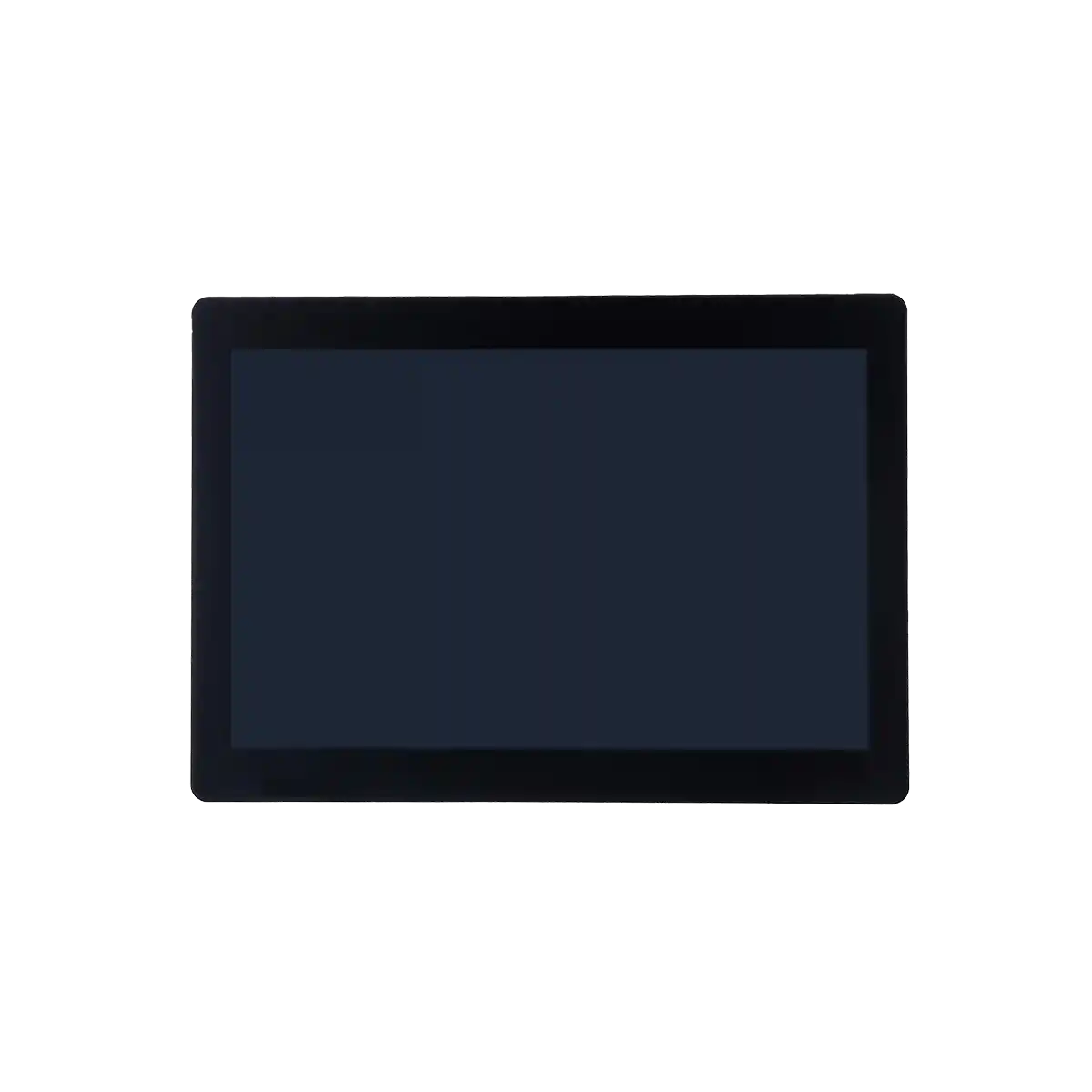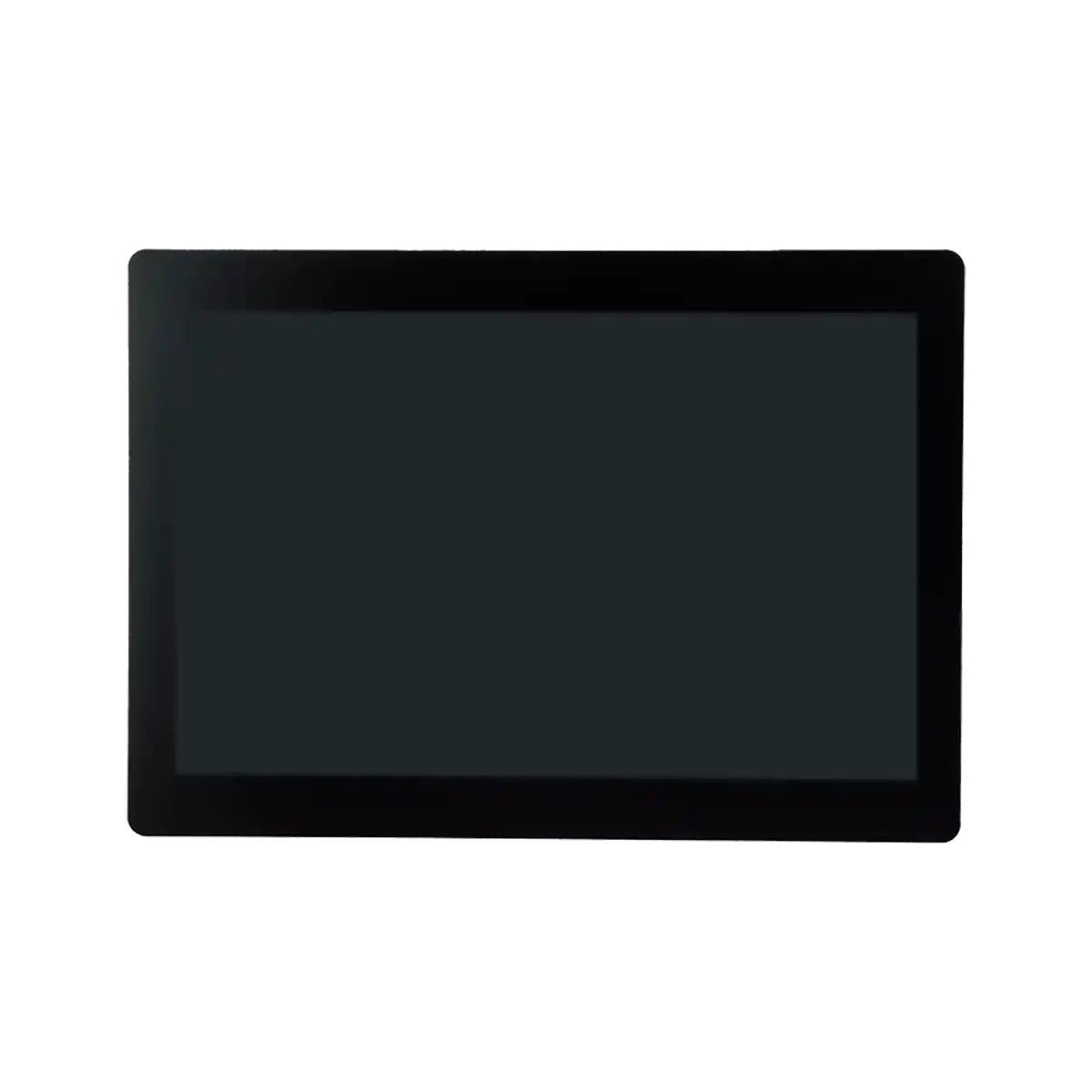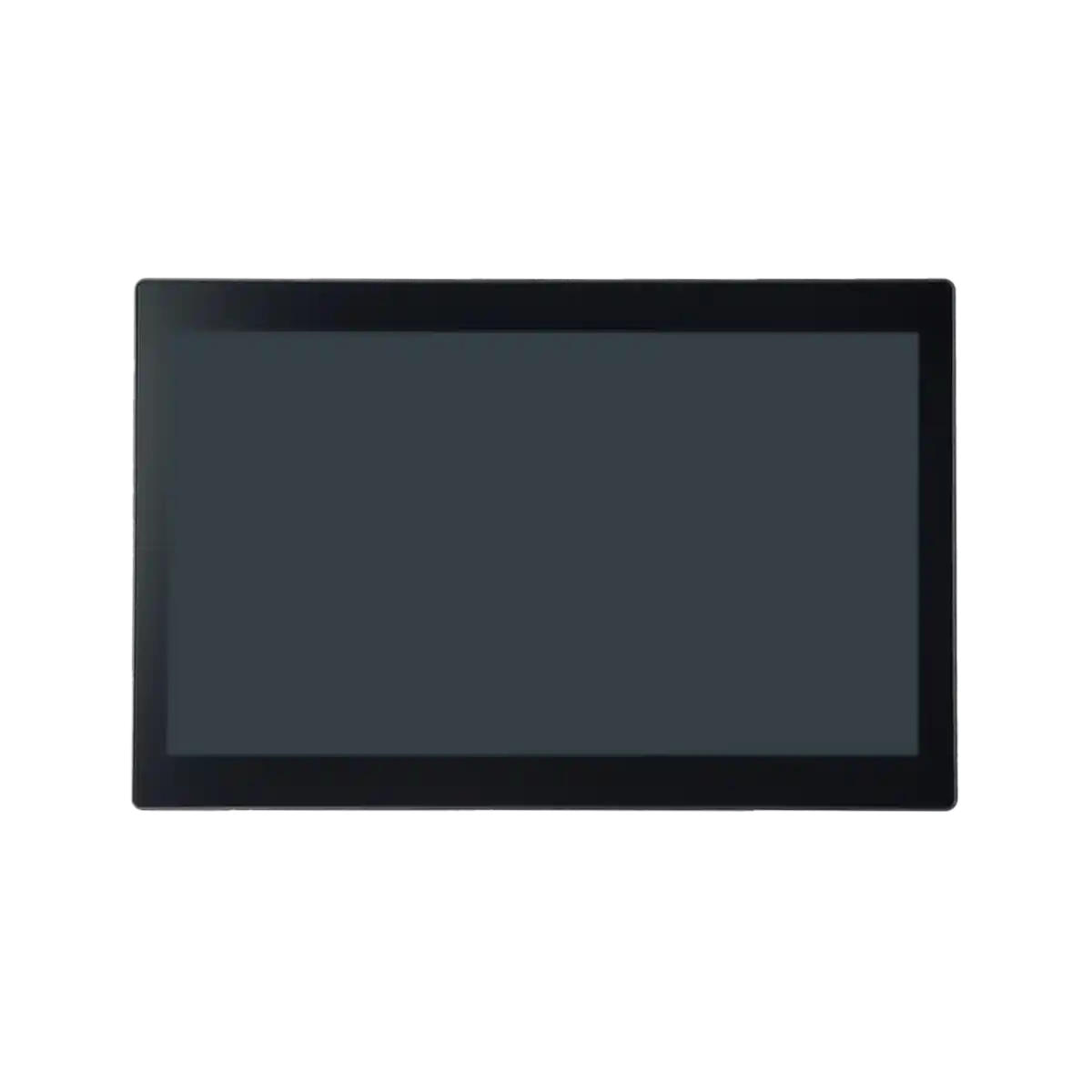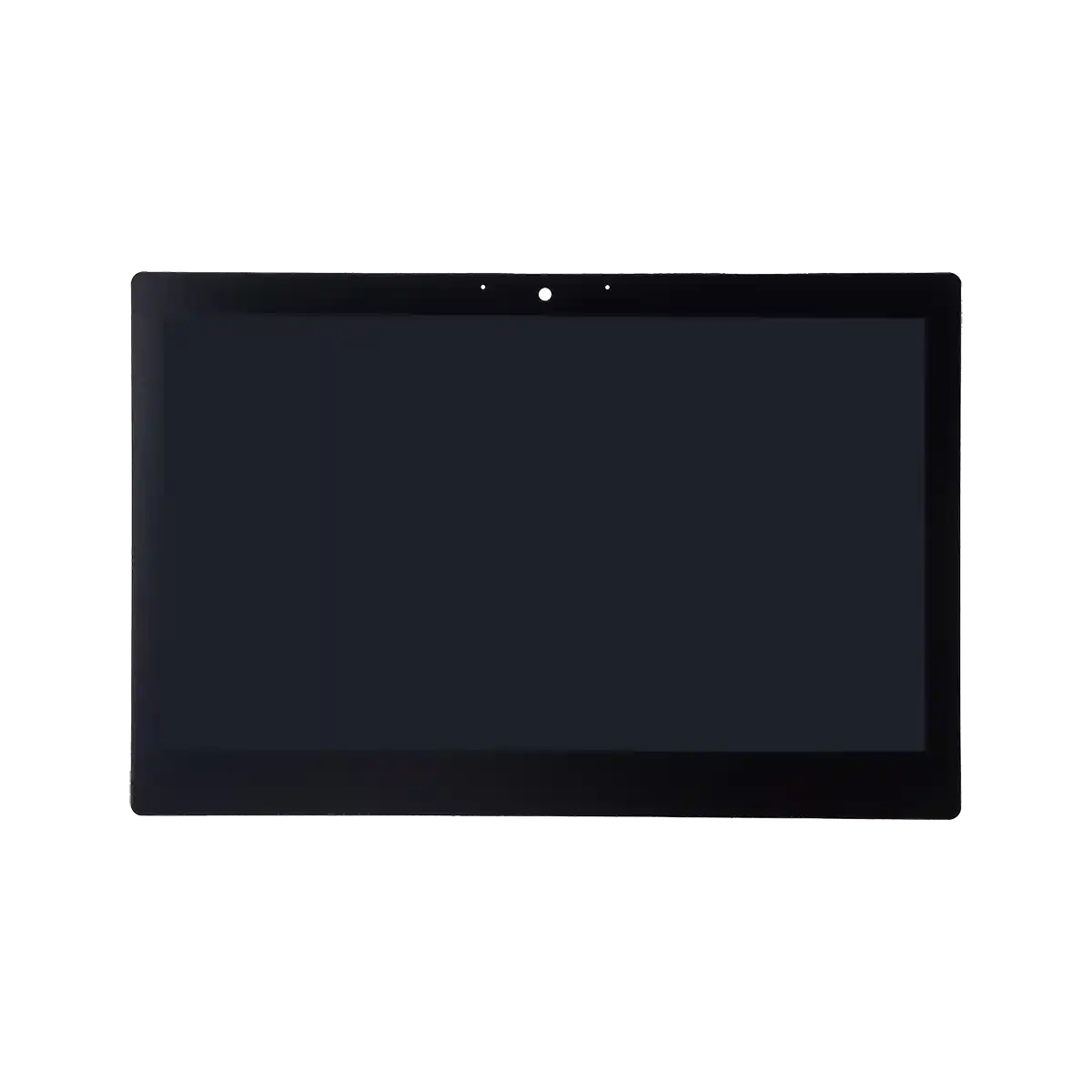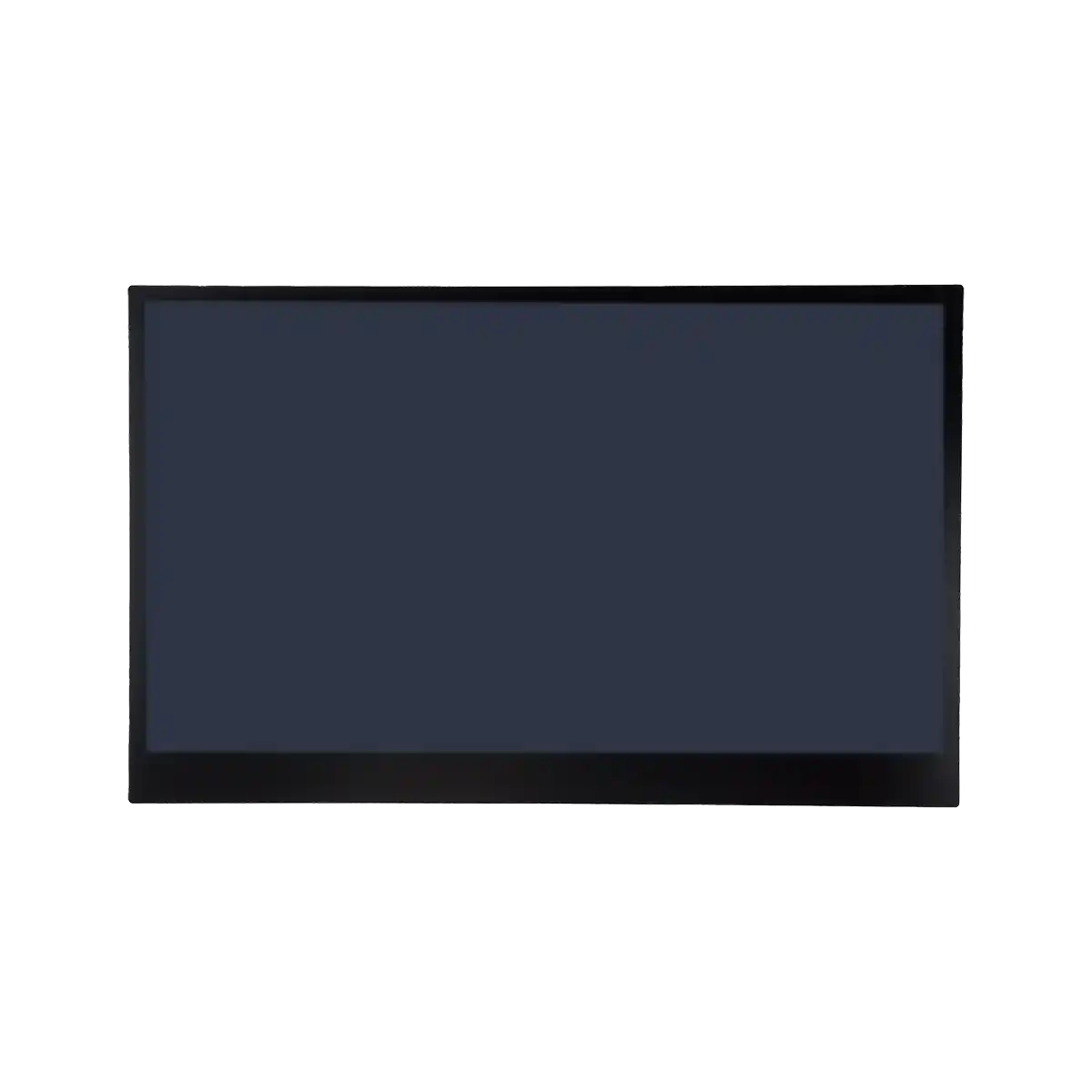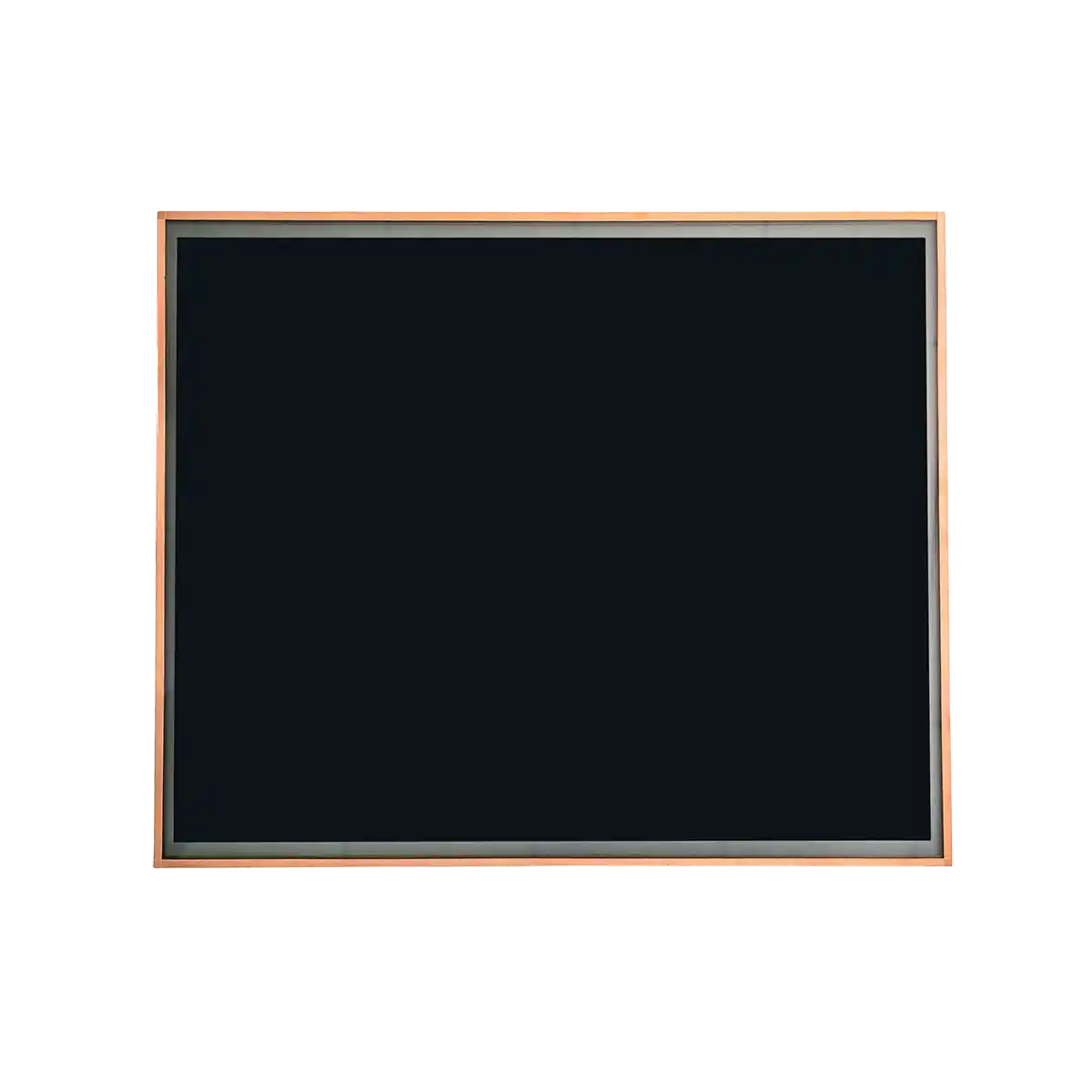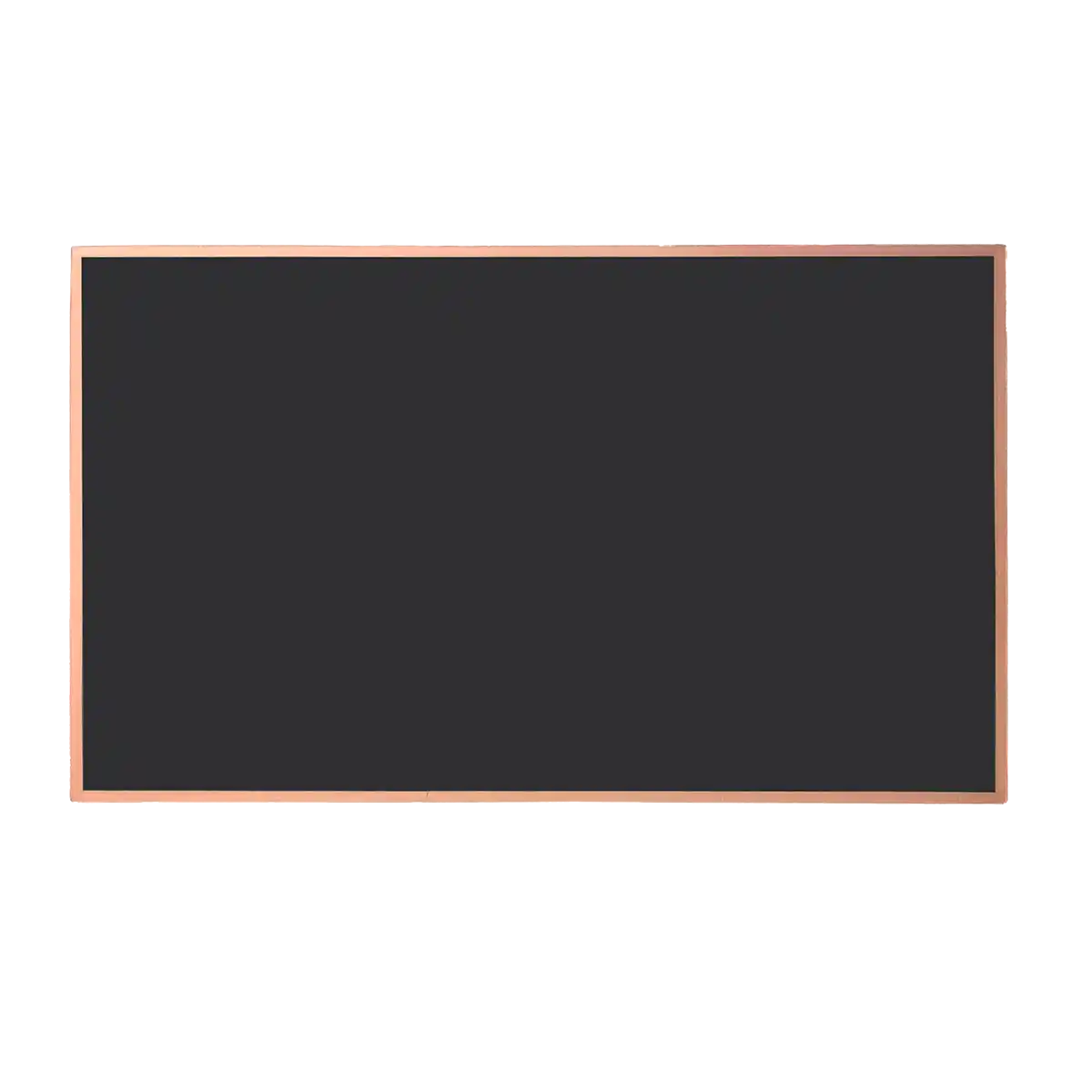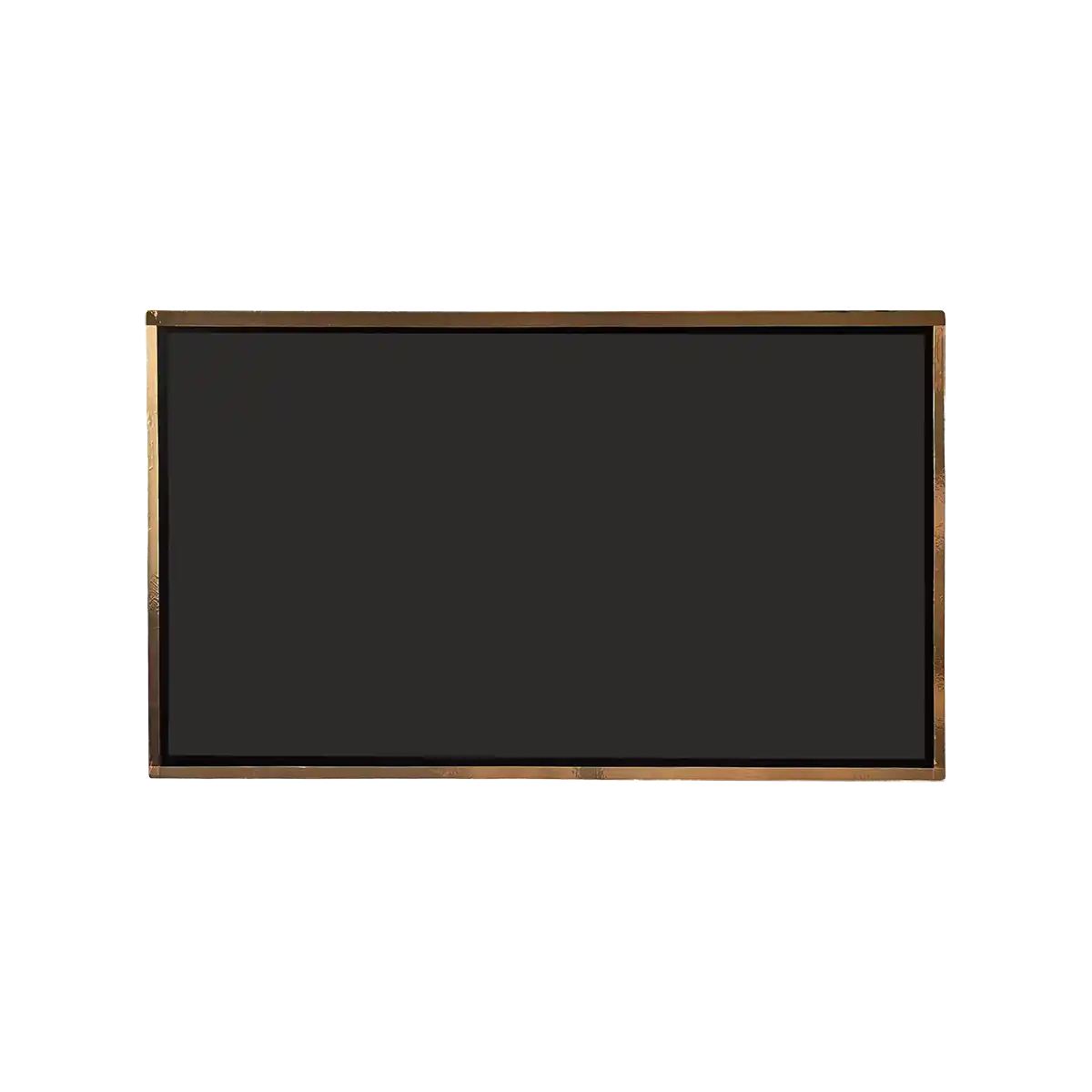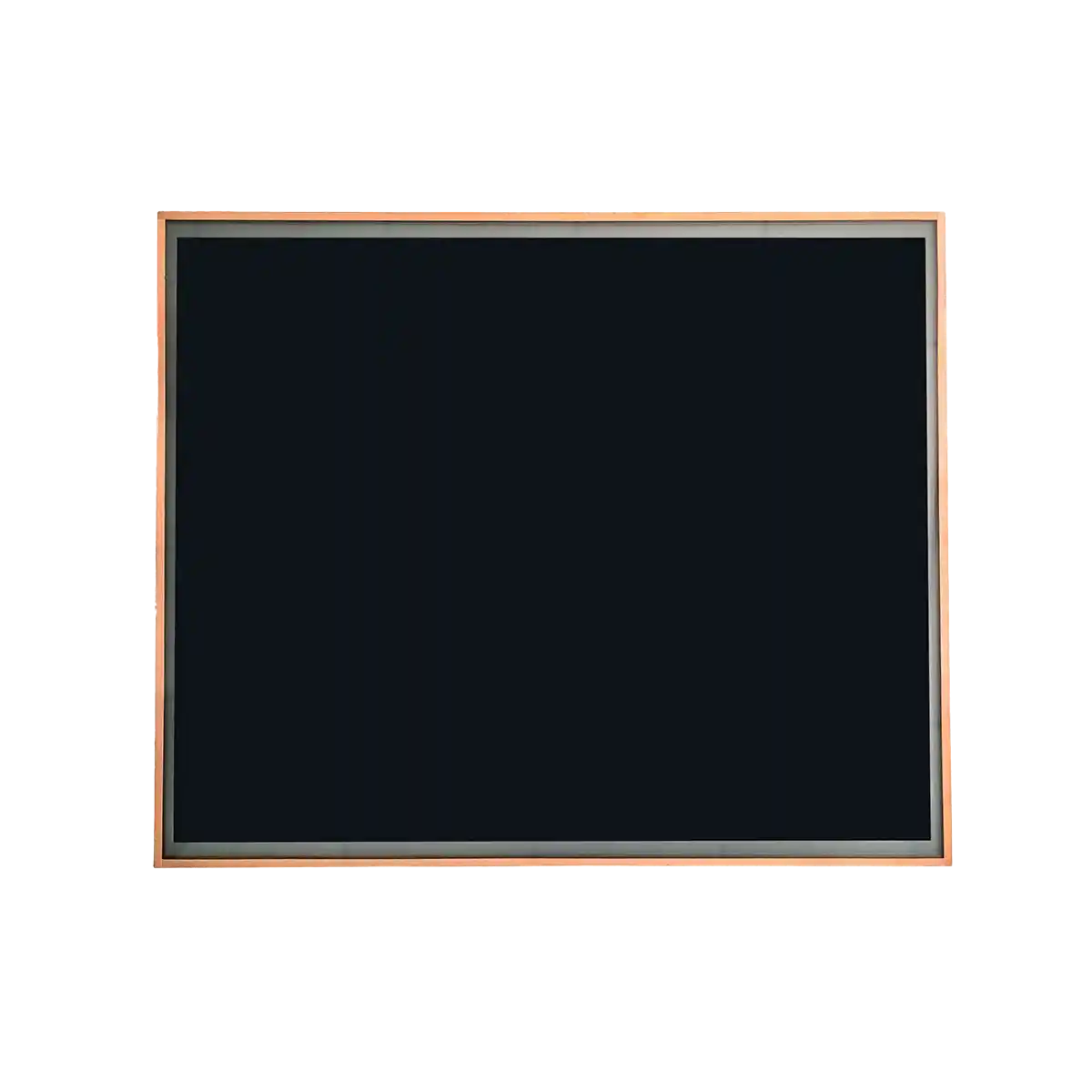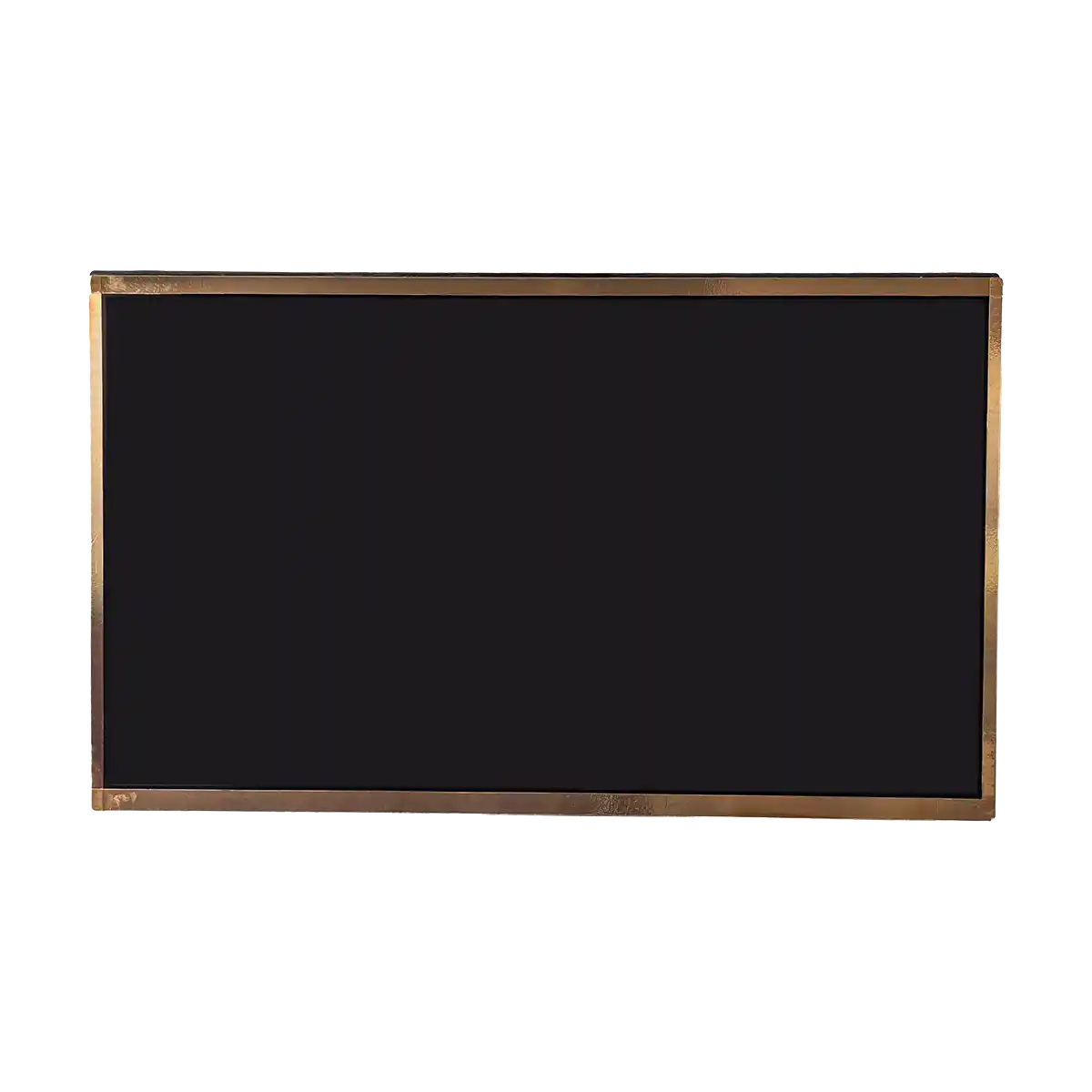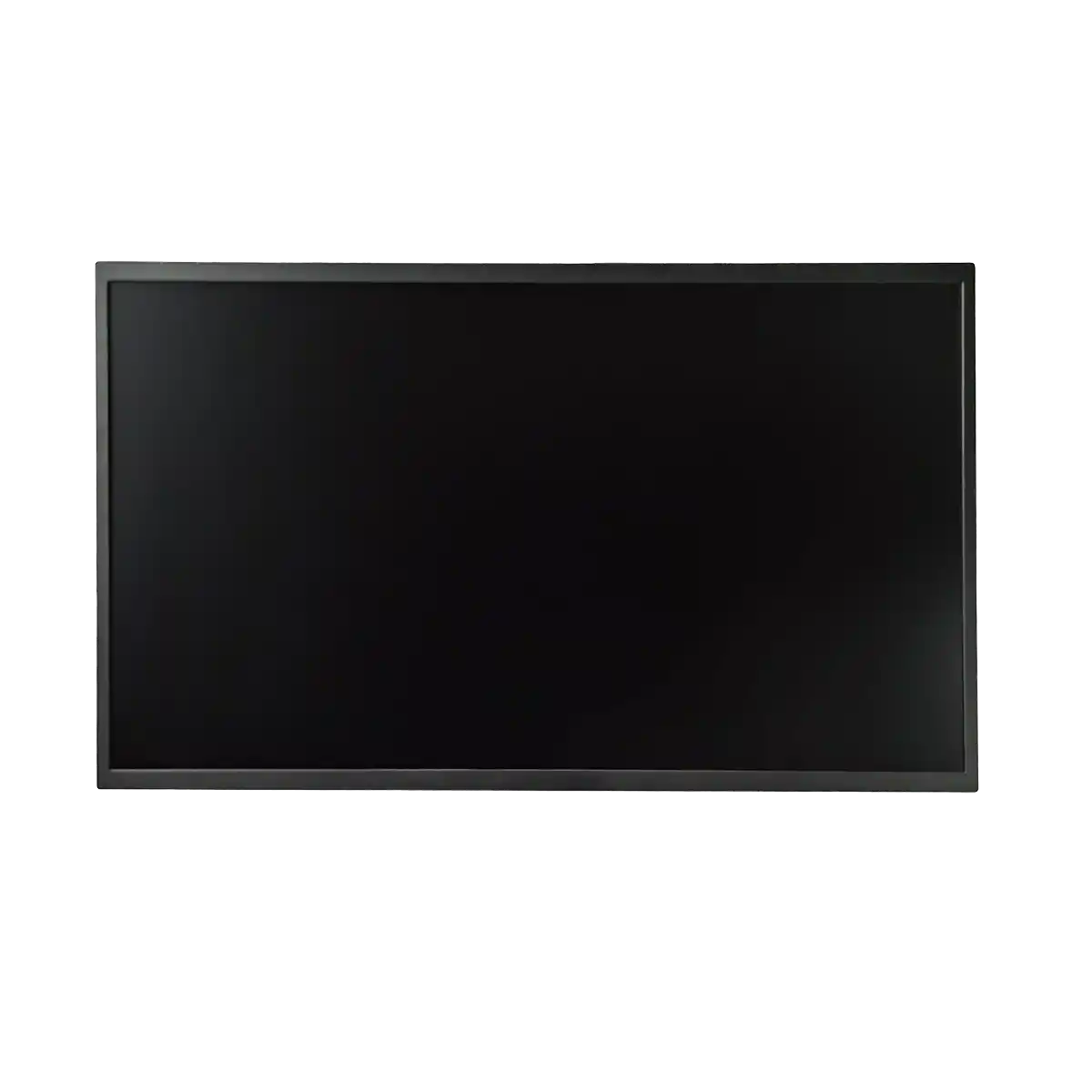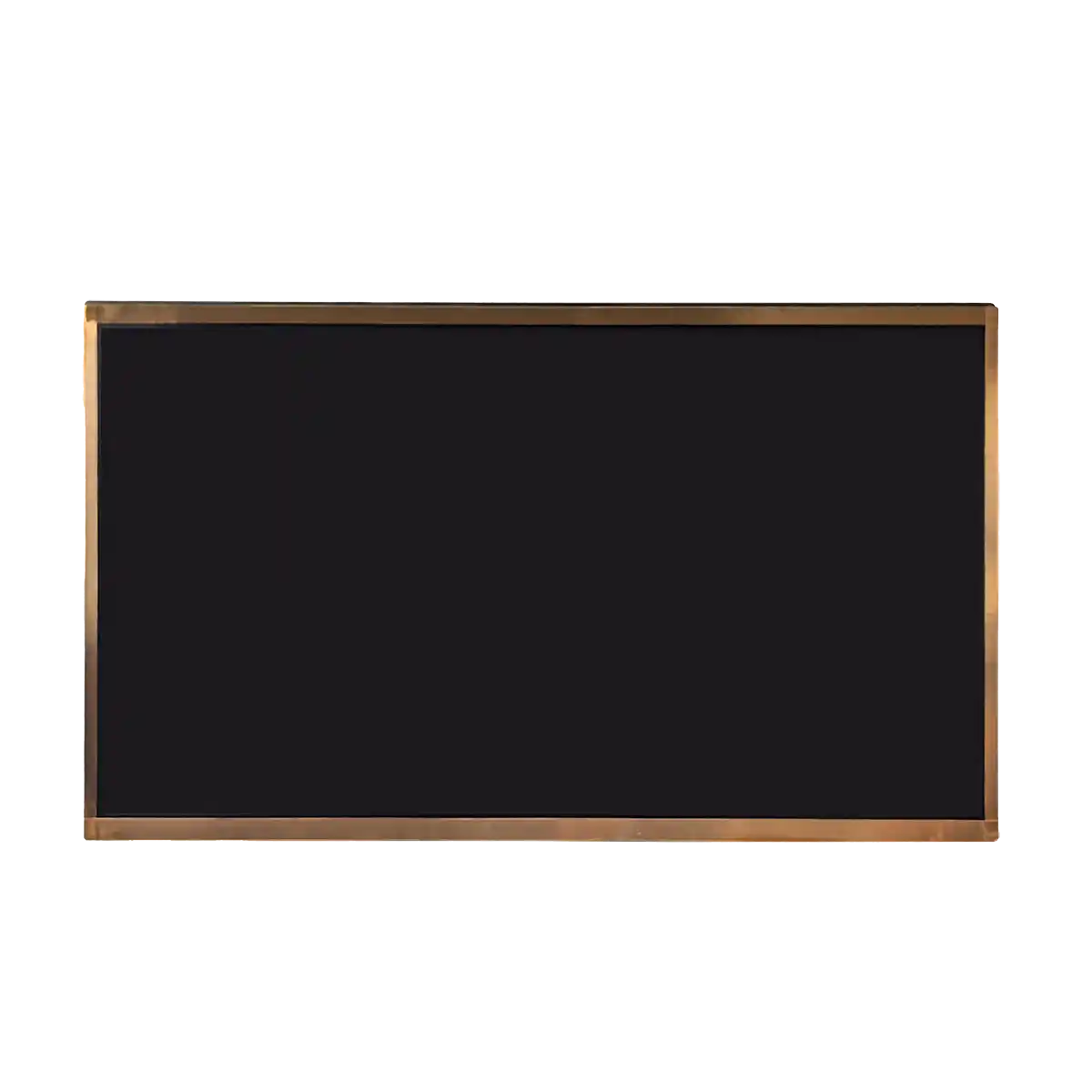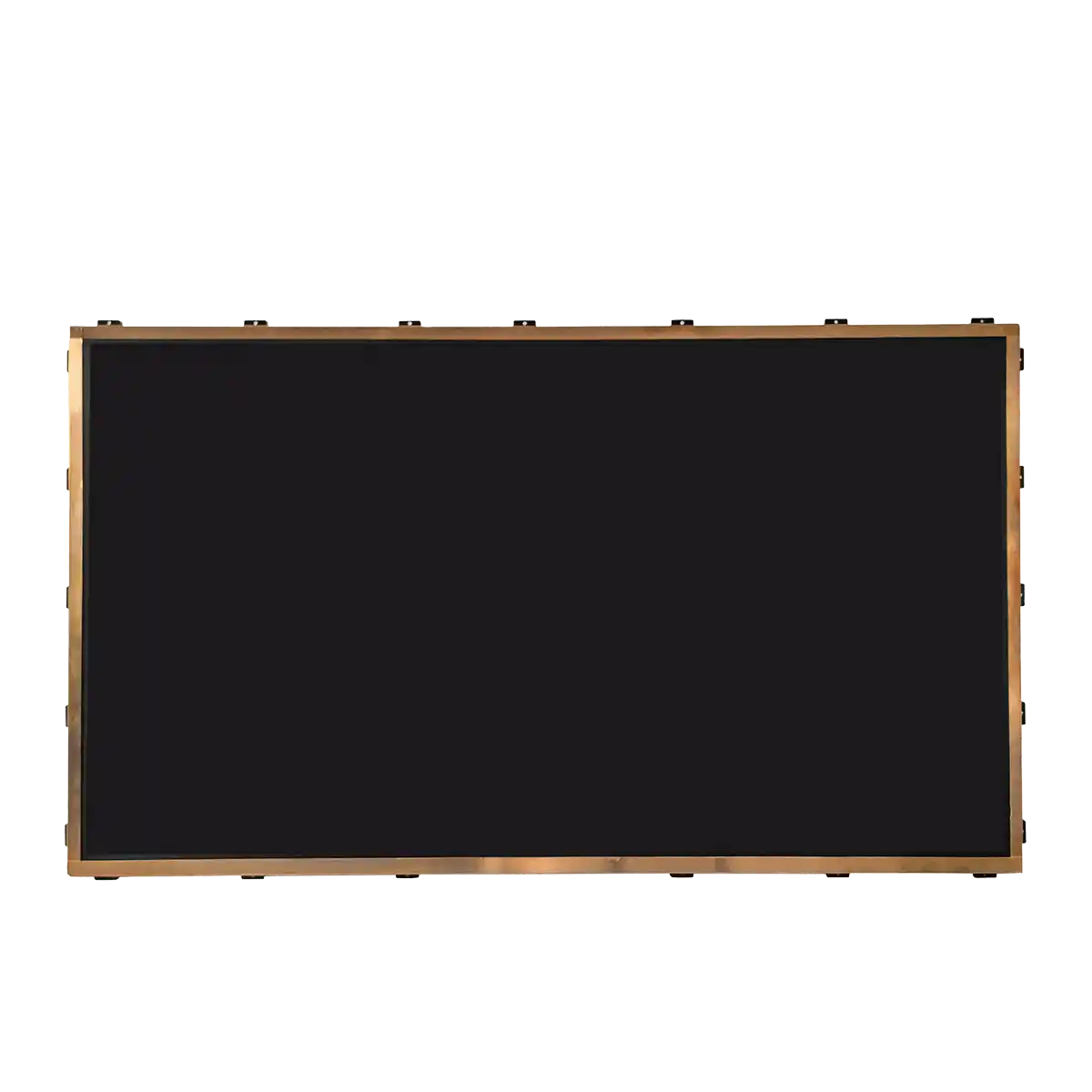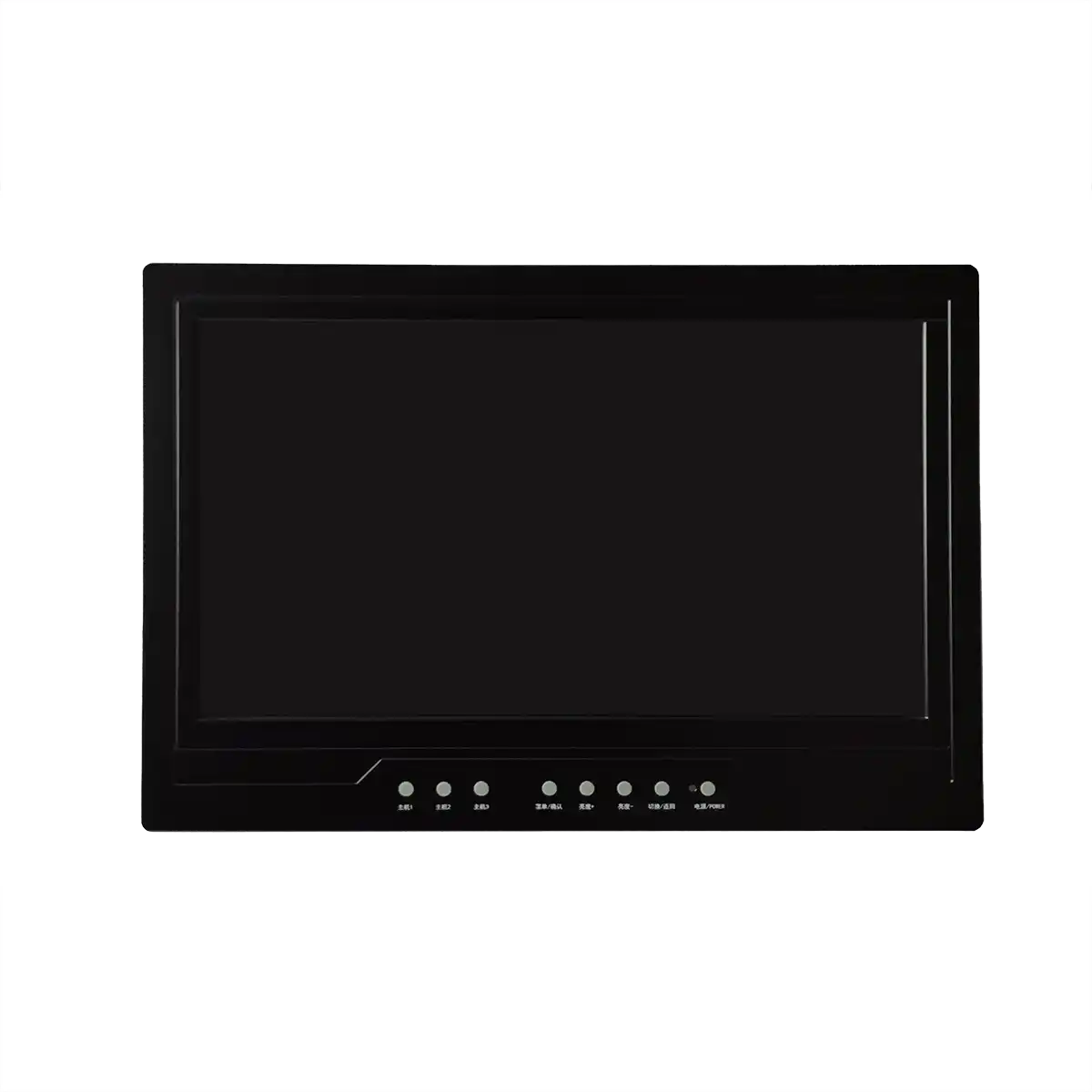Understanding Industrial LCD Panels
Introduction
As we delve into the intricate world of display technologies, the term Industrial LCD Screens (Liquid Crystal Display screens) stands out as a pivotal element in modern industrial and commercial applications. Industrial LCD Screens are specialized display devices designed to meet the rigorous demands of industrial environments, where they serve as the visual interface for monitoring and controlling machinery, processes, and systems. Unlike their consumer-grade counterparts, these screens are built to operate reliably in extreme temperatures, resist physical shocks, and endure long-term usage without degradation in performance.
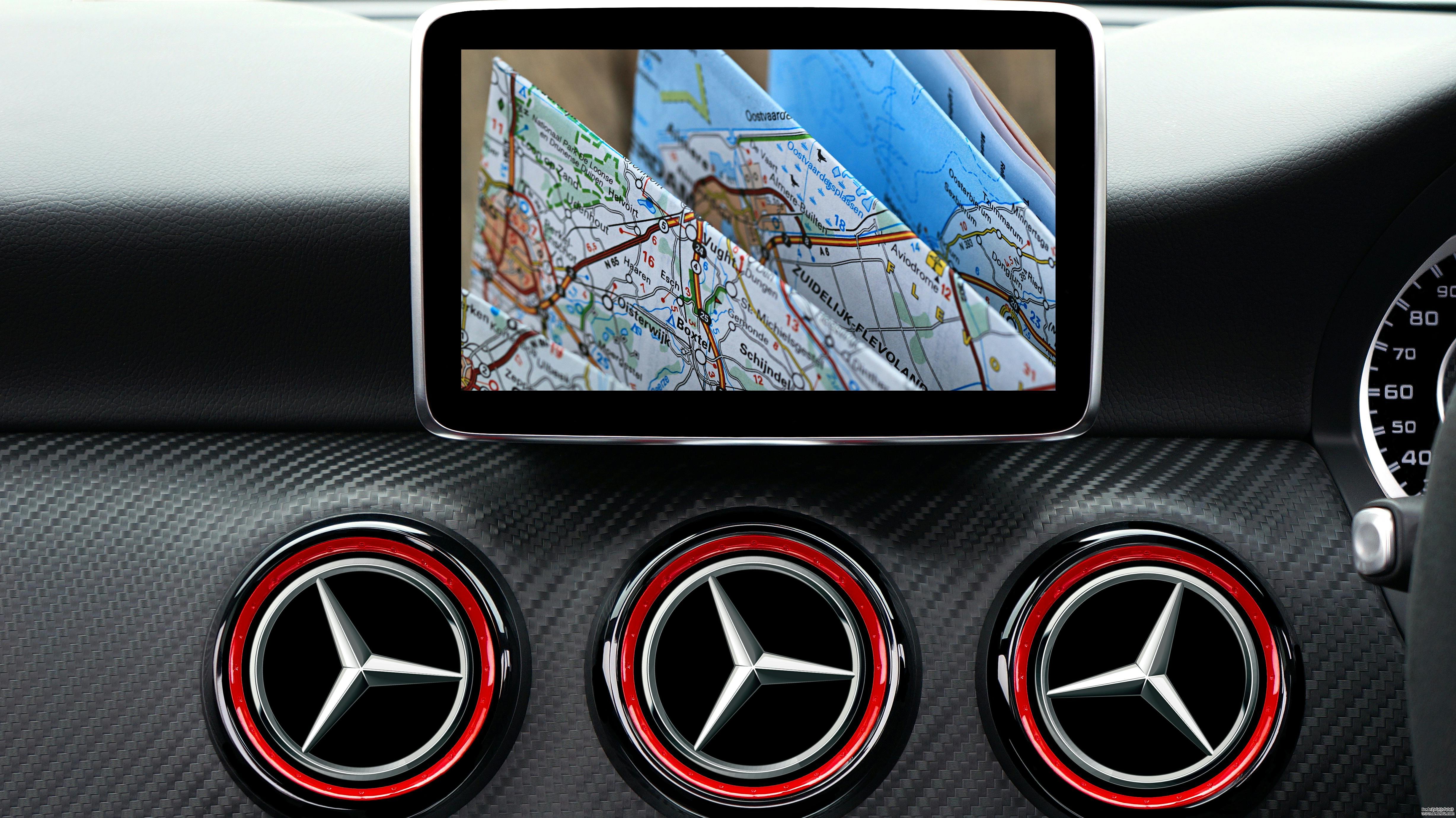
Body
1. The Essence of LCD Technology
At the heart of an Industrial LCD Screen lies the technology of liquid crystals. These are organic compounds that, while possessing fluidity akin to liquids, exhibit structural properties similar to crystals. The unique anisotropic nature of liquid crystals allows them to manipulate light polarization when subjected to an electric field, a phenomenon central to the operation of LCDs.
2. How Industrial LCDs Function
The functionality of an Industrial LCD Screen is rooted in the interaction between liquid crystals and polarized light. In a typical LCD configuration, a thin layer of liquid crystal material is sandwiched between two layers of glass that have been coated with a transparent electrode material. By applying a voltage across the liquid crystal layer, the orientation of the crystals changes, which in turn modulates the light passing through them. This light modulation is controlled by a matrix of rows and columns of electrodes, each capable of addressing individual pixels.
3. Key Features of Industrial LCD Panels
Industrial LCD Screens are distinguished by several key features that set them apart for industrial use. These include:
- Brightness: Industrial screens often require higher brightness levels to ensure visibility under direct sunlight or in brightly lit environments.
- Temperature Range: They are designed to operate over a wide temperature range, typically from -40°C to 85°C, accommodating various climates and conditions.
- Contrast Ratio: A higher contrast ratio is essential for clear visibility of images and text, especially in less-than-ideal lighting.
- Resolution: Industrial applications may require high-resolution displays for detailed graphics and precise data representation.
- Touchscreen Capability: Some industrial screens offer touchscreen functionality, which can be resistive or capacitive, allowing for interactive control and feedback.
- Vibration and Shock Resistance: Industrial LCDs are built to withstand the vibrations and shocks common in industrial settings.
4. Types of Industrial LCD Panels
There are several types of panel technologies used in Industrial LCD Screens:
- TN (Twisted Nematic): Offers fast response times but has limited viewing angles.
- STN (Super Twisted Nematic): Improves on TN with wider viewing angles but may have slower response times.
- TFT (Thin-Film Transistor): Provides high-quality images with better color reproduction and viewing angles, and is the most common in industrial applications.
5. Environmental Robustness
Industrial LCD Screens are engineered to be robust against environmental factors. They often come with IP ratings that denote their level of protection against dust and water, and they are designed to resist electromagnetic interference, ensuring reliable operation in electrically noisy environments.
6. Backlighting Technologies
The backlighting of Industrial LCD Screens is crucial for visibility. Common backlighting technologies include CCFL (Cold Cathode Fluorescent Lamp) and LED (Light Emitting Diodes). LEDs are increasingly preferred due to their energy efficiency, longevity, and ability to provide uniform brightness across the screen.
7. Optimization for Industrial Use
Industrial LCD Screens are often optimized with features such as anti-glare coatings to reduce reflections in bright conditions, and they may incorporate heating elements or temperature-controlled cabinets for operation in extreme cold.
Conclusion
Understanding Industrial LCD Panels requires an appreciation of their specialized design and functionality tailored to the demands of industrial environments. These screens are the unsung heroes of industrial automation, providing reliable and clear visual feedback in a variety of challenging conditions. As technology progresses, we can expect these displays to become even more advanced, with improvements in energy efficiency, touch sensitivity, and integration with smart systems.
Expansion
Looking to the future, the development of Industrial LCD Screens is likely to focus on enhancing durability, energy efficiency, and integration capabilities. With the rise of Industry 4.0 and the Internet of Things (IoT), these screens will play a central role in the smart factory, providing real-time data and control interfaces that are essential for optimizing production processes and maintaining operational efficiency.
Furthermore, advancements in materials science may lead to the creation of flexible and unbreakable Industrial LCD Screens, capable of withstanding the harshest of conditions while offering new form factors for display integration. As we continue to push the boundaries of what is possible with display technology, Industrial LCD Screens will undoubtedly evolve to meet the ever-increasing demands of the industries they serve.
Recommended Articles
-
Why Choose BOE’s EV101WXM-N10?
2025-01-03 -
The Trajectory of South Korea's LCD Industry Amidst Political Fluctuations and Technological Transition: Challenges and Opportunities Coexist
2025-01-03 -
ADS Pro: The Future of Display Technology
2025-01-03 -
Interpretation Report on AUO's New Generation Smart Cockpit
2025-01-03 -
What is the difference between quantum chips and quantum dot technology?
2025-01-03 -
Are the displays in Tesla's Cybertruck and Robovan the same as you imagined?
2025-01-03 -
BOE GV070WSM-N10 parameters and advantages and disadvantages analysis
2025-01-03 -
TM070RDH10-43 7-inch TFT-LCD Display: Technical Details and Application Guide
2025-01-03 -
Notice on the discontinuation of TCG104SVLQJPNN-AN41 model and alternative solutions
2025-01-03 -
Introduction: Reasons to Choose G121EAN01.2
2025-01-03 -
Practical Applications of Industrial LCD Screens: The Perfect Blend of Professionalism and Customization
2024-09-26 -
Hangzhou LEEHON Technology supplies BOE GT080X0M-N12: High quality 7-inch TFT-LCD module solution
2024-09-14 -
How to Check for Issues in Industrial LCD Panels
2024-09-11 -
How does an LCD screen find individual pixels?
2024-09-11 -
What is the difference between eDP and LVDS?
2024-09-11 -
In-depth analysis of the development of automotive display technology
2024-09-10

